Graham Reid | | 7 min read
Everyone's on Revolver Tonight, by O-Level
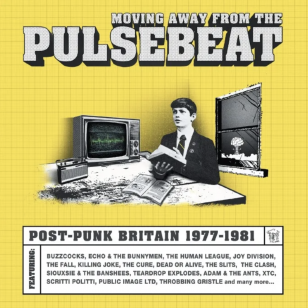
A week or so ago I heard a well-known host on National Radio say he knew nothing about punk and was a soft rock guy. He asked what punk was.
Perhaps someone could take a few minutes and explain it in its weird diversity: British punk in the late Seventies embedded the ideas of DIY (posters, tapes, gigs, clothes etc) , opened the door to the untutored, the importance of inclusiveness, principles of dissent (antigovernment, anti-establishment) and so on.
But that was then and even long before now the word has been appropriated: some looked back to the garagebands of the Sixties, others looked to the catwalk where the cliched images of punk attire were appropriated by designers (ironic given the role of Malcolm McLaren and Vivienne Westwood had had), US punk took on a different meaning again . . .
But if anyone wants an in-road into punk music – which is the inverse of soft rock – there are any number of useful compilations.
Elsewhere has found the 1-2-3-4 box set a handy go-to when illustrating British punk courtesy of some of its best known practitioners.
But this new collection – while acknowledging big names like Buzzcocks, Subway Sect, Siouxsie and the Banshees, Raincoats and others, no Pistols – looks at what happened after punk broke and, once those doors were kicked down, just who came pouring through.
Compiled by John Reed, this impressive set is subtitled Post-Punk Britain 1977-1981 and takes some dark and interesting turns left and down into cult acts, the seldom heard tracks by moderately well-known acts and some things which will have you saying, “Who the hell were they?”
Fortunately when it comes to that question about a fair chunk of the 105 tracks across five CDs the answer will be in the potted biographies in the extensive booklet which also includes a lengthy essay by rock writer Mark Paytress.
As he notes, some of these bands came with no greater agenda than making a musical noise, others arrived with manifestos and maps of an imagined future.
The post-punk years may have given us megastars like U2, the Police and the Clash, but mostly it was about bands like the Buzzcocks, Undertones, Young Marble Giants and Gang of Four who built a loyal following and in some instances are still playing today.
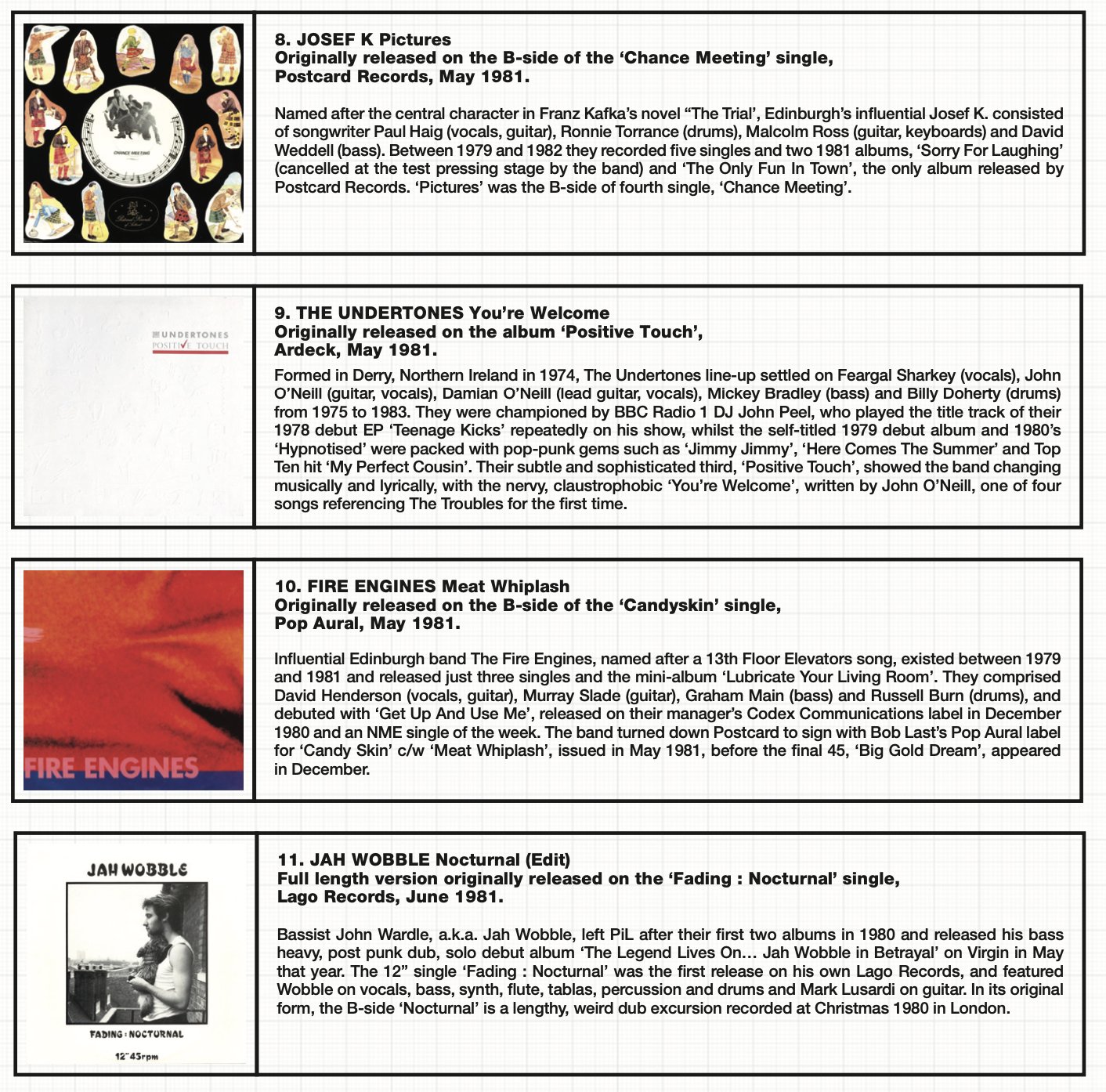 So here are individual tracks by Public Image Ltd, Robert Wyatt, Scritti Politti, the Cure, the Jame and The The (and mostly not the track you'd pick) alongside such lesser lights as Occult Chemistry, the Outsiders, Essential Logic, Disco Zombie and Mystere Five.
So here are individual tracks by Public Image Ltd, Robert Wyatt, Scritti Politti, the Cure, the Jame and The The (and mostly not the track you'd pick) alongside such lesser lights as Occult Chemistry, the Outsiders, Essential Logic, Disco Zombie and Mystere Five.
So its b-sides, lesser known material, deep cuts from albums, the odd “I know this one!” moment and a lot of energetic sounds from a time when anything seemed possible and young people, not necessarily musical, would get into a studio and record what was on their mind, often to the best of their very limited ability.
And Robert Wyatt.
.
Here is the tracklisting. Tick off the ones you can immediately sing.
|
DISC ONE |
DISC TWO |
DISC THREE |
|
DISC FOUR |
|
DISC FIVE |

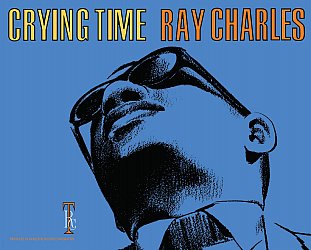
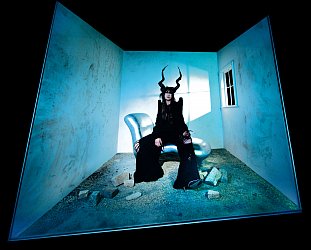
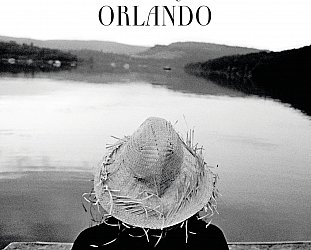

Rosco - Apr 7, 2024
“In our day, a punk was a snivelling, cowardly, lying, rat-fucking motherfucker that told the police on what you were doing.”
SaveThe 'real' revolutionary, John Sinclair, was not so enamoured ...
post a comment